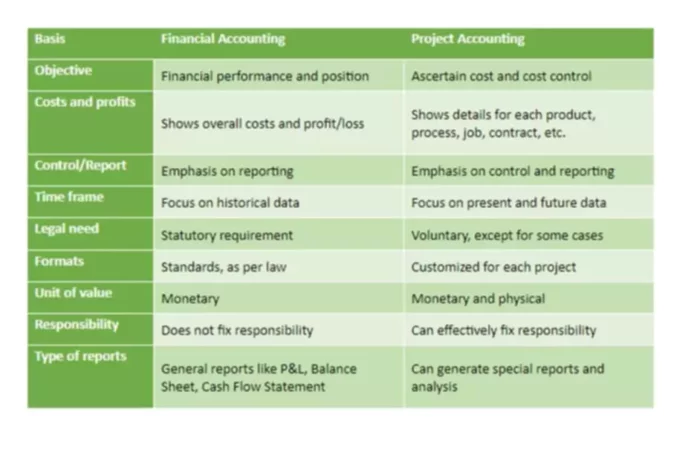Net Assets Defined
Accounting in for profit business and nonprofit organization slightly differs. The experience in a for profit world does not always translate to the nonprofit world, where many don’t have as much experience. One of the things that you would notice is the presentation of Net Assets on the financial statements. In the nonprofit world, the Balance Sheet is actually referred to as a Statement of Financial Position.
If you look further into the nonprofit organizations, you will realize that there are no owners, so there is no Owner’s Equity on its Statement of Financial Positions in comparison to the Balance Sheet of regular business. Thus, we have Net Assets in place of the Owner’s (Shareholder’s) Equity. This will be the worth of the entity, calculated by deducting liabilities from assets.
Restricted and Unrestricted Net Assets Meaning
Interestingly, nonprofits are required to classify their net assets as restricted or unrestricted on their financial statements. Let’s see what that is all about.
- Without donor restrictions
Net assets previously classified as unrestricted are now classified as net assets without donor restrictions. This reclassification already makes it less confusing for individuals as to what the term unrestricted net assets means. Instead of focusing on the type of restriction, one would just see if an existence or absence of a restriction by the donor.
These assets are given to the organization without any limits. Thus, the definition of unrestricted net assets is any type of asset contributed by donors, in other words, cash or asset donations, to a nonprofit organization that have no restrictions placed on the purpose and time of their use. This allows the nonprofit to use it in a way it sees best fit to fulfill its mission.
- With donor restrictions
If you compare unrestricted assets with temporarily restricted (now referred to as net assets with donor restrictions), then this temporary restriction dictates on what the organization should be spending the donations (specific programs or project), the time period during which it should use these donations, or any other conditions that the organization must meet. For example, the donor says that the organization can use the $5,000 donation only for cancer research. Alternatively, the donor might say that the organization cannot use this money until next year. Next, they will be reclassified as unrestricted and can be used to achieve its goals and mission.
Restricted assets can also be permanently restricted. These are funds that the donor invested and the organization only has access to the proceeds, which should also be used for a goal declared by the donor.
Unrestricted Assets on the Statement of Financial Position
Nonprofits have some unique things about how their financial statements are prepared, which includes some terminology. As was mentioned above, you will find unrestricted net assets on the nonprofit’s Balance Sheet, or rather the Statement of Financial Position. Just like the Balance Sheet, it is a picture in time of what the assets and liabilities of the organization were at that particular point.

In this example, we can see that the nonprofit correctly presented its Net Assets. They are divided between without donor restrictions category and with donor restrictions category. To know where this section will go on the Statement of Financial Position think of net assets as equity, only in this case it is not the owner’s equity, but contributions from the organization’s donors.
Finally, one can notice that this financial statement is balanced, so the total Assets match the total Liabilities plus Net Assets. Here, you can draw a similarity with the Balance Sheet of the for profit business. Looking at this statement, the viewer can tell how long the organization can exist having just the resources it currently possesses. To calculate that, one would divide the Net Assets by the average monthly expenses, which can be found on the Statement of Financial Activities.

















